Animal Adaptations and Traits Teaching Resources
Get ready to teach about animal adaptations and animal traits this school year with printable worksheets, digital activities and more teacher-created resources for primary teachers!
This collection of Australian Science curriculum-aligned resources includes printables and Google Slides templates that have been thoroughly reviewed by our expert teaching team to ensure they're ready for your lesson plans and your students.
Save time on lesson planning with ready-made teacher slides, vocabulary guides and activities that can easily be differentiated to meet your students' individual needs.
New to tackling this topic in the classroom? The expert science teachers on the Teach Starter team have put together the answers to some of teachers' most common questions about animal adaptations and animal traits!
What Are Animal Adaptations? A Kid-Friendly Definition
Let's start with an easy way to explain what adaptation in animals is to your class! Here's a kid-friendly definition from our teacher team:
Adaptation is when animals change their bodies or behaviours to survive better in their environment. Humans may put on a jacket when it's cold outside — that's an example of how we adapt. Animals also have their own special ways of dealing with different environments.
How Do Animals Adapt to Their Environments?
Just as there are countless kinds of animals living around the world, there are many ways that different animals will adapt to their environment. There are two major types of adaptations:
Behavioural Adaptations
One way that an animal can adapt is through a process called behavioural adaptation. This kind of change doesn't require a change in the animal's DNA or its physical features.
Instead, this involves changes in an animal's actions or habits that help them survive in their environment, such as a bear hibernating during the winter.
Structural Adaptations
Another way that animals adapt is through changes to physical features or body parts. These are called structural adaptations, typically occurring over time via evolution, the process of gradual change in species over many generations.
A polar bear's white fur is a good example of a structural adaptation for this tundra animal. The color of the fur helps polar bears blend in with the snowy environment of the Arctic, providing camouflage and making it easier for them to hunt and sneak up on prey.
Animal Adaptation Examples
Looking for more animal adaptation examples that kids love to share with your students? Give these a try!
Desert Animal Adaptations
- Camels have humps that store fat, which they can use as food and water when there's not much available.
- Desert snakes have scales that help them move smoothly on the sand.
- Beetles that live in the desert have a hard outer covering that prevents them from losing water.
Tundra Animal Adaptations
- In addition to the color of their fur, polar bears have thick fur and a layer of blubber (fat) that keep them warm in the freezing cold.
- Arctic foxes can change the color of their fur from brown in the summer to white in the winter to blend in with the snow.
- Caribou have wide hooves that help them walk on the soft tundra and dig through the snow for food.
- Plus Plan
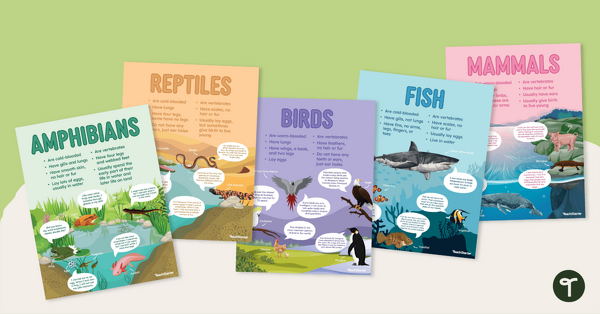
Printable Animal Classification Posters
Support your F-3 students’ understanding of the animal kingdom with classroom-ready animal classification posters. Designed for durability and easy display.
- Plus Plan
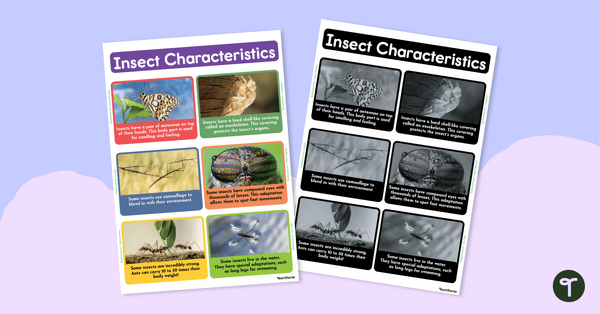
Facts About Insects Anchor Chart
Display this Facts About Insects poster showcasing interesting insect facts and characteristics in your classroom.
- Plus Plan

Seasons Affect Plants and Animals Flipbook
Use this fun flipbook to teach students how the seasons affect plants and animals while allowing them to connect to prior knowledge by answering questions on each page.
- Plus Plan
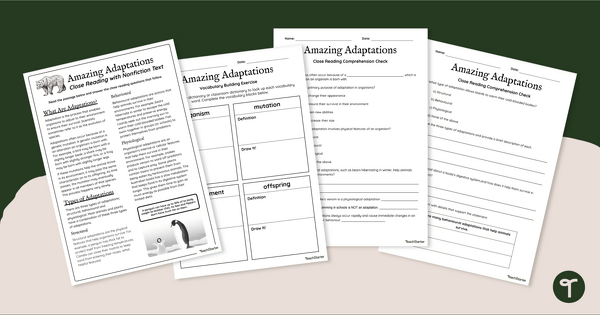
Plant and Animal Adaptations - Reading Comprehension Passage
Boost reading comprehension skills with a comprehension passage, with questions, about structural, behavioural and physiological adaptations.
- Plus Plan
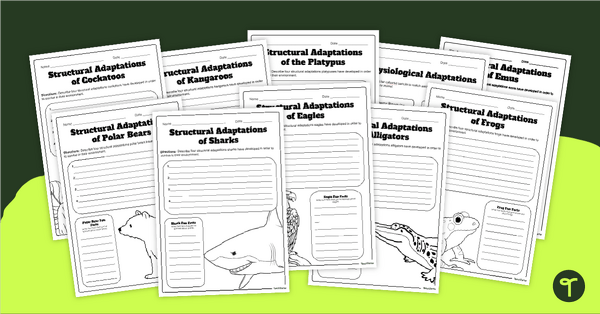
Animal Adaptations - Worksheet Pack
Use these animal adaptation worksheets when teaching students about the structural, behavioral, and physiological adaptations of animals.
- Free Plan
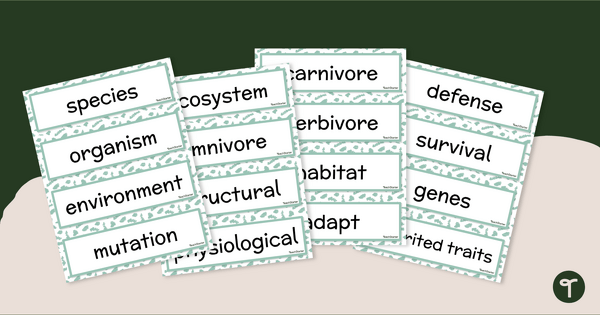
Plant and Animal Adaptations – Word Wall Vocabulary
Build scientific vocabulary skills with a printable display of words relating to plant and animal adaptations.
- Plus Plan
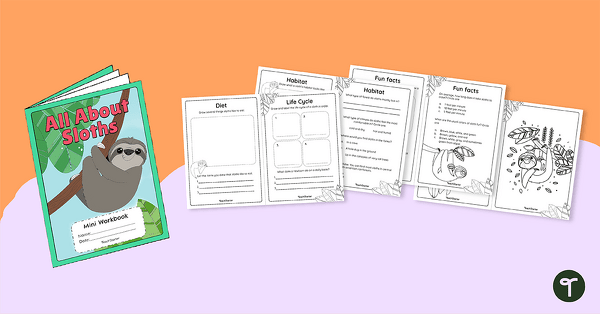
All About Sloths - Animal Project Mini Book
Research and learn about the amazing tree sloth with a printable research guide for kids.
- Plus Plan
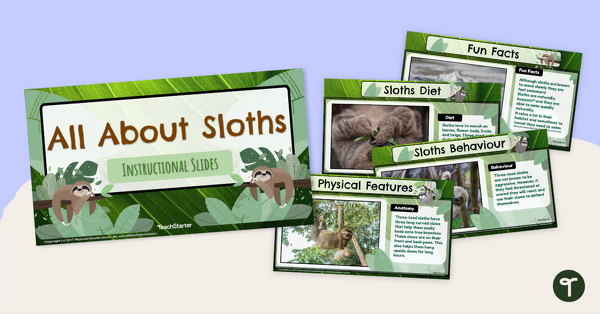
All About Sloths Teaching PowerPoint
Learn about the world of sloths with this educational PowerPoint presentation.
- Plus Plan

Animals With Scales, Fur, Shells and Feathers Worksheet Pack
Investigate different animal body coverings by sorting and colouring animals with feathers, fur, scales and shells.
- Plus Plan
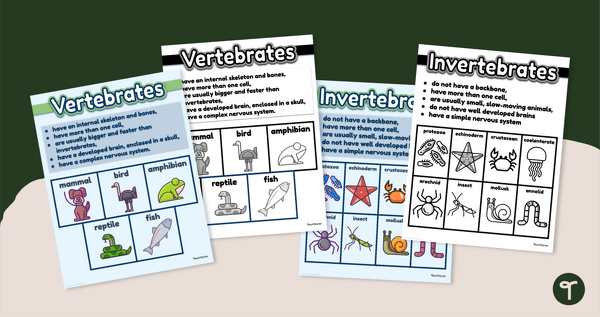
Vertebrates and Invertebrates Posters
Teach your students the basic differences between vertebrates and invertebrates with printable vertebrate vs. invertebrate anchor charts.
- Plus Plan
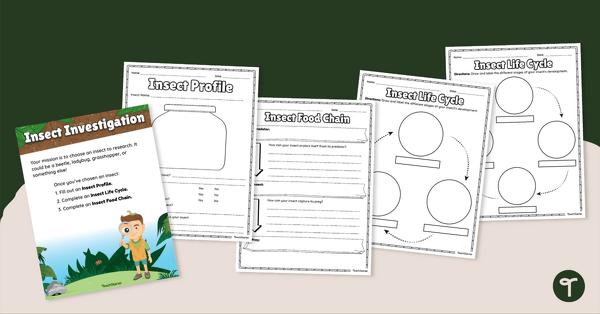
Insect Research Project
Explore insect life cycles and food chains with this research task.
- Plus Plan
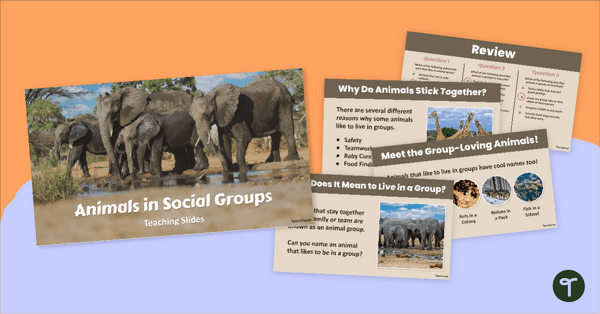
What Animals Live In Social Groups? Animal Behaviour PPT
Discover what animals live in social groups and why with an engaging interactive Animal Behaviour PowerPoint.
- Plus Plan
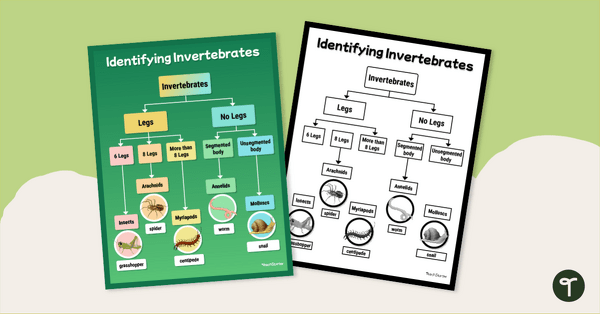
Identifying Invertebrates Poster
Help your students differentiate between insects, arachnids and other invertebrates, with a printable Invertebrate Identification chart.
- Plus Plan
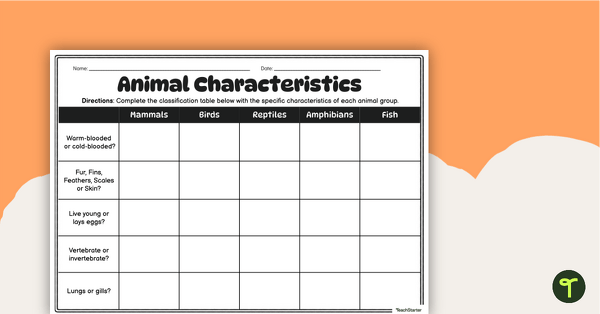
Animal Classification Chart Worksheet
Help your little learners identify members of mammals, birds, fish, and more animal classes using a handy animal characteristics worksheet.
- Plus Plan
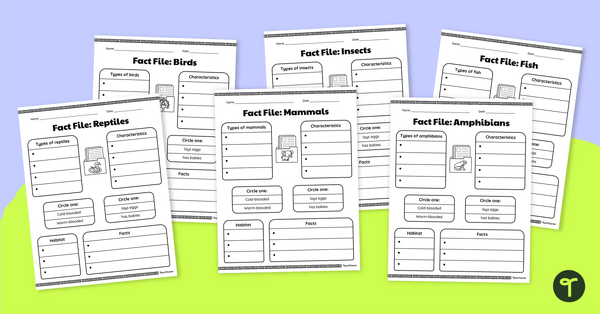
Animal Group Fact File Worksheets
Research and write about the characteristics of different animal groups with printable Animal Group Fact File Worksheets.
- Plus Plan
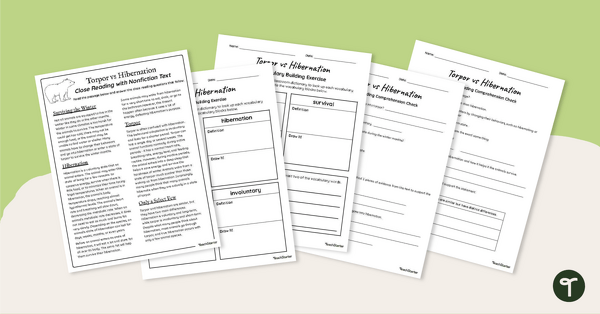
Torpor vs Hibernation - Reading Worksheets
Help your students learn the difference between torpor and hibernation with a printable pack of reading comprehension worksheets.
- Plus Plan
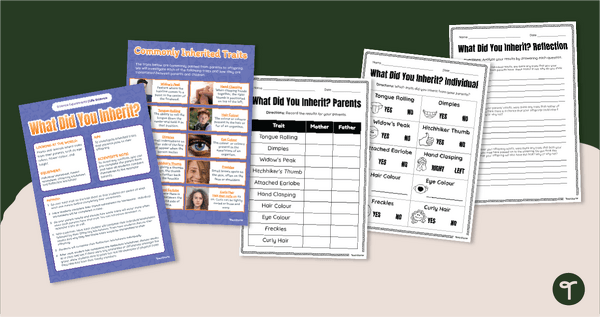
Human Inherited Traits Activity - Science Experiment
Engage your students in learning about the traits inherited from their parents with an Inherited Traits Lab activity.
- Plus Plan
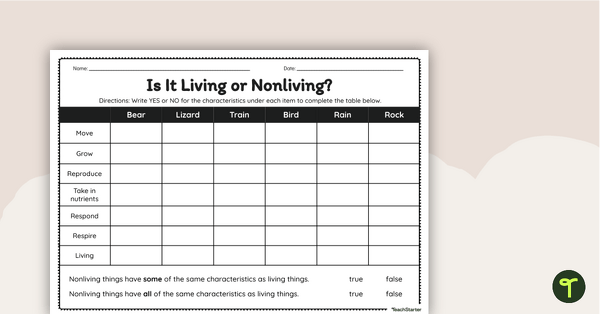
Is It Living or Nonliving? Worksheet
Complete the table to identify living and nonliving things with a printable animal classification worksheet.
- Plus Plan
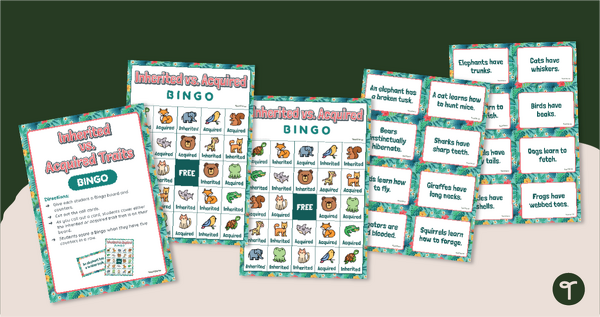
Inherited vs. Acquired Traits Bingo Game
Understand the difference between inherited and acquired traits by playing a few rounds of Inherited vs. Acquired Traits Bingo!
- Plus Plan
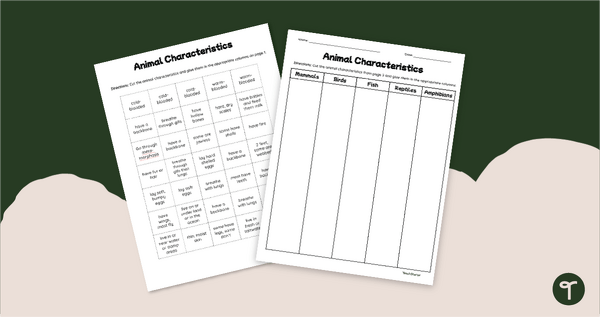
Characteristics of Animal Classes - Cut and Paste Worksheet
Identify the characteristics and features of different animal classifications with a cut-and-paste activity.
- Plus Plan
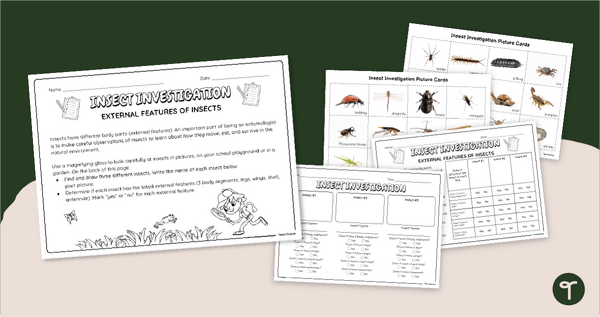
Insect Investigation - Parts of an Insect Activity
Take a peek at the features and characteristics of insects with an engaging Insect Investigation Lab activity.
- Plus Plan
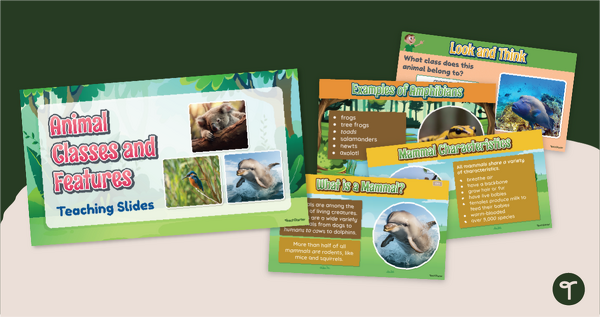
Classification of Animals - PowerPoint
Teach your students about the different classes of animals and their characteristics with an Animal Classification teaching presentation.
- Plus Plan
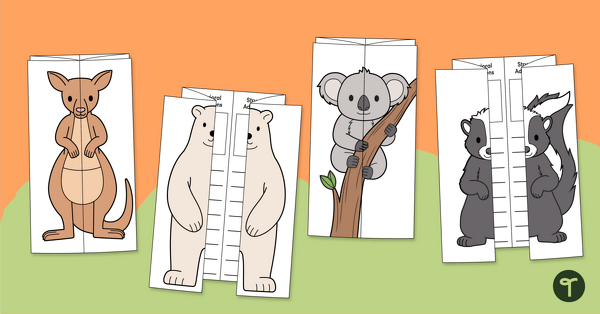
Animal Adaptations Foldables - Shutter Card Templates
Write and draw about the behavioural, structural, and physiological adaptations of animals from around the world with a set of fun printable shutter card templates.
- Plus Plan
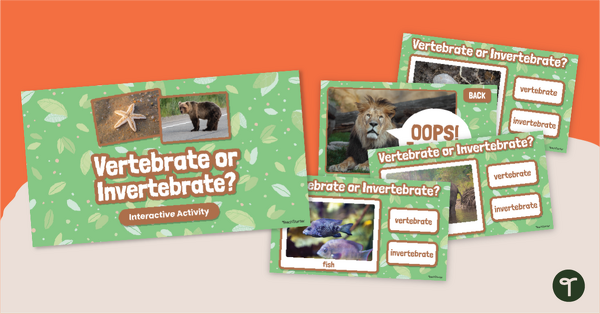
Vertebrate or Invertebrate? Game
Have fun classifying vertebrates and invertebrates with an exciting Google Slides Interactive Science Game!
- Plus Plan
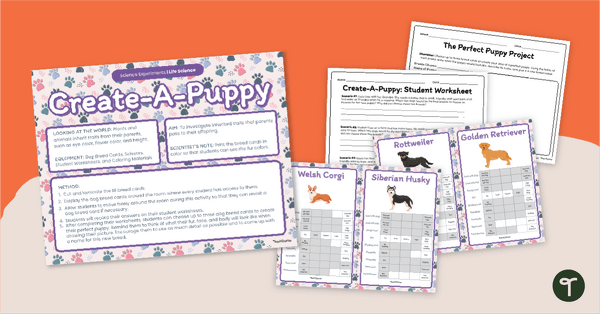
Design the Perfect Dog Breed - Inherited Traits Activity
Investigate inherited traits that parents pass to their offspring with a Create-a-Puppy selective dog breeding project.
- Plus Plan
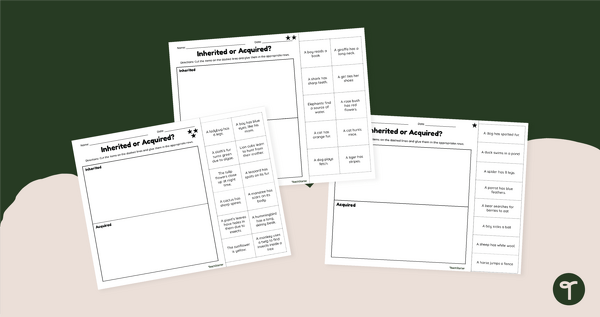
Inherited and Acquired Characteristics -Worksheet Pack
Determine if animal features and characteristics are inherited or acquired traits with an engaging Animal Traits Cut and Paste Worksheet Pack.
- Plus Plan
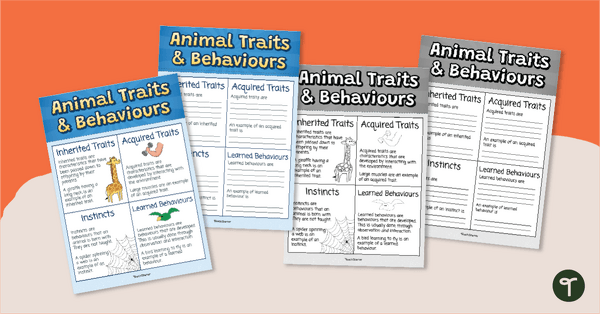
Animal Traits and Behaviours Anchor Chart
Help your students differentiate between inherited and acquired traits, instincts, and learned behaviours with a printable science anchor chart and note-taking organiser.
- Plus Plan
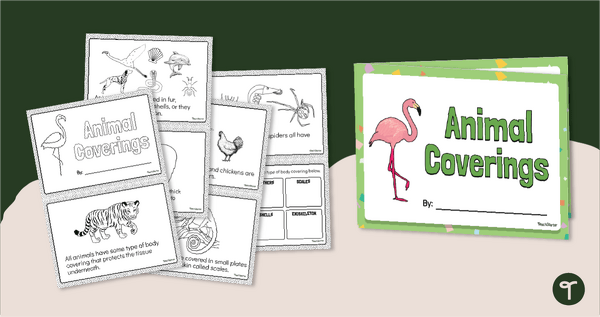
Animal Body Coverings Mini Book
Read and learn about the characteristics of animals with a printable Animal Body Coverings Mini Book.
- Plus Plan
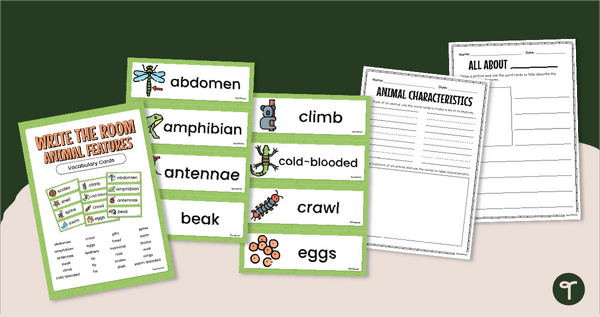
Writing About Animals and Characteristics Activity Pack (F-1)
Help your young students read and write about features of animals with a printable Animals and Characteristics Write the Room activity.
- Plus Plan
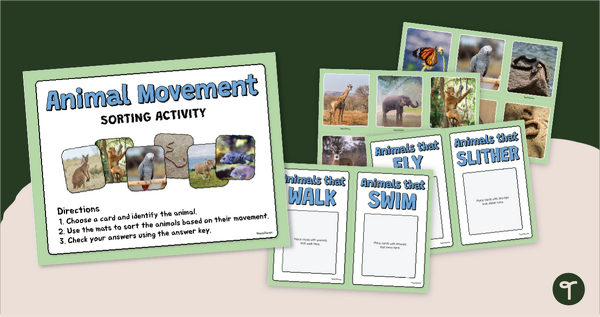
Movement of Animals Sorting Activity
Classify animals based on their movement methods with a picture-sorting game.
- Plus Plan

Animal Cell Diagram
Highlight the different parts of an animal cell with a labelled animal cell model poster.
- Plus Plan
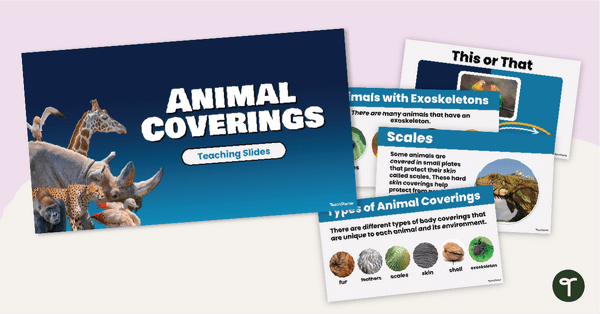
Animal Body Coverings Teaching Presentation
Discover animals with scales, shells, fur, and other body coverings with an interactive Animal Body Coverings teaching slide deck.
- Animal Adaptations and Traits Worksheets
- Animal Adaptations and Traits Posters
- Animal Adaptations and Traits Teaching Presentations
- Animal Adaptations and Traits for Foundation Year
- Animal Adaptations and Traits for Year 1
- Animal Adaptations and Traits for Year 2
- Animal Adaptations and Traits for Year 3
- Animal Adaptations and Traits for Year 4
- Animal Adaptations and Traits for Year 5
- Animal Adaptations and Traits for Year 6